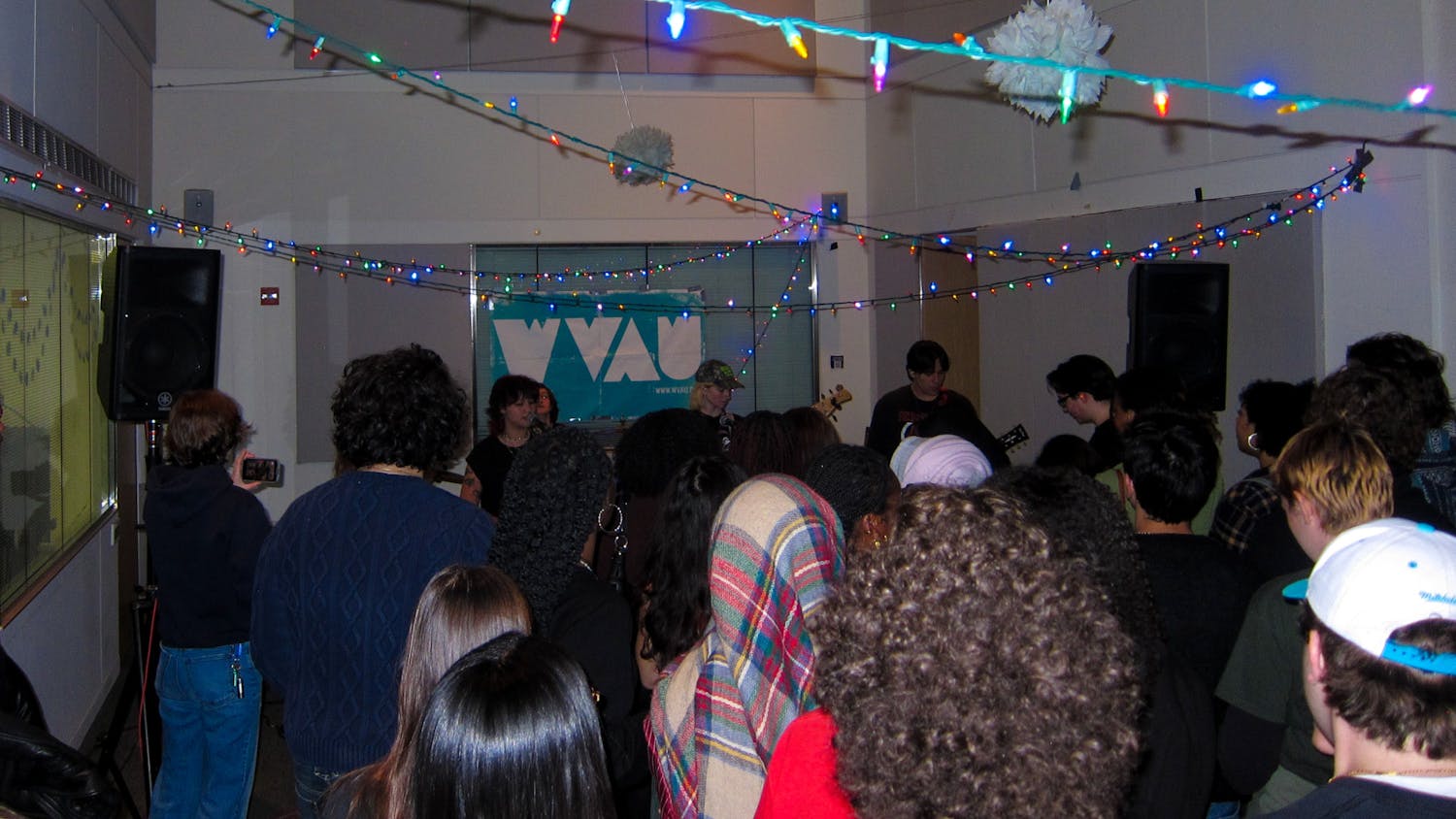The past winter has brought uncharacteristic weather to many regions of the United States. While most AU students spent the season living on campus, friends and family coped with unusual conditions.
The most devastating weather has affected Southern California, which was hit with heavy rains throughout February.
As of Monday, certain areas of Southern California had received a near record-breaking 46 inches of precipitation since July 1, making them comparable to other rain-soaked cities such as Portland, Ore., and Seattle, which both receive around 37 inches of average yearly rainfall, according to the National Weather Service. In past weeks, California has been hit particularly hard by a series of storms and snow melts that caused mudslides, flooding and unsafe conditions for travel.
There have been more instances of traffic, depression and a general slower pace among California residents, according to Santa Monica resident Kaya Foster.
Though they are almost 3,000 miles away, many AU students from Southern California had friends or family affected by the storms. Emily Samstag, a student from the Los Angeles area, said some of her friends, including Foster, were in Southern California riding out the rain.
Cloudy weather has probably affected the attitudes of longtime locals who are accustomed to California's consistent sunny skies, said Eric Boldt of the National Weather Service Branch in Oxnard, Calif.
Others have been forced to make significant adjustments as the rain damaged their property.
"We've responded to a lot of calls in the last six days, especially about house slippages," said Lt. Paul Vernon of the Los Angeles Police Department.
According to Vernon, some homes in the more affluent regions of Southern California were built on hillsides that are now eroding with the loosened soil caused by the rainfalls. AU students also have been affected by this problem.
"My mom has friends in La Conchita who were killed in a mudslide," Foster said.
According to Vernon, a 64-year-old man reportedly died in his house due to a hillside giving way. There have also been a number of calls from displaced citizens looking for shelters and lodging after the government declared their homes unsafe. Vernon said homes in some areas have been deemed "uninhabitable" because of their chance to be lost in a mudslide.
According to Samstag, the AU student, seeing the weather-related damage was shocking. "It was kind of sobering to see pictures of [the damage caused by the rains] in the paper and on the news ... to hear about the deaths and missing people and to know that they really weren't too far from where I used to live and that some of the people who died were friends of friends," Samstag said.
Elizabeth Kaltman, spokeswoman for Los Angeles Mayor James K. Hahn's office, said in a statement that much of the home damage from mudslides is the result of a lack of stability of the soil that is already saturated with rainfall.
The constant dampness has also taken a toll on the roadways.
The Washington Post reported sections of the Pacific Coast Highway being blocked by mudslides, and Kaltman reported that other freeways closed because of flooding. Potholes have been a big problem for Los Angeles, as Kaltman said city worker crews filled an estimated 2,000-2,500 in past weeks.
"It was really incredible how prepared the city was [to deal with the weather]," Kaltman said.
The unusually wet weather resulted from a combination of factors, including a weak El Ni¤o system earlier in the year, according to Boldt of the National Weather Service.
"The El Ni¤o system brought a lot of moisture up from the tropics," Boldt said. "Also, we've had a series of low pressure systems caused by the jet stream splitting that stalled right of the coast and bring waves of rain over L.A."
Part of the reason for the severity of the rains is California's mountain ranges' close proximity to the ocean. This reduces the friction of the storm system and allows for moisture to collect in the clouds before it dumps it on the L.A. region, according to Boldt. A large part of the problem has been a constant stream of storms.
The rain had varied effects on local residents. According to Foster, Southern Californians aren't used to the sun anymore.
"There's been hail and thunderstorms and so much rain that usually just doesn't happen here," Foster said.
March is still a part of California's wet season, so it is likely that regions of California will break their 121-year-old records by receiving at least a few more inches of rain within the next few months.
"After March, things will hopefully be drier," Boldt said.




